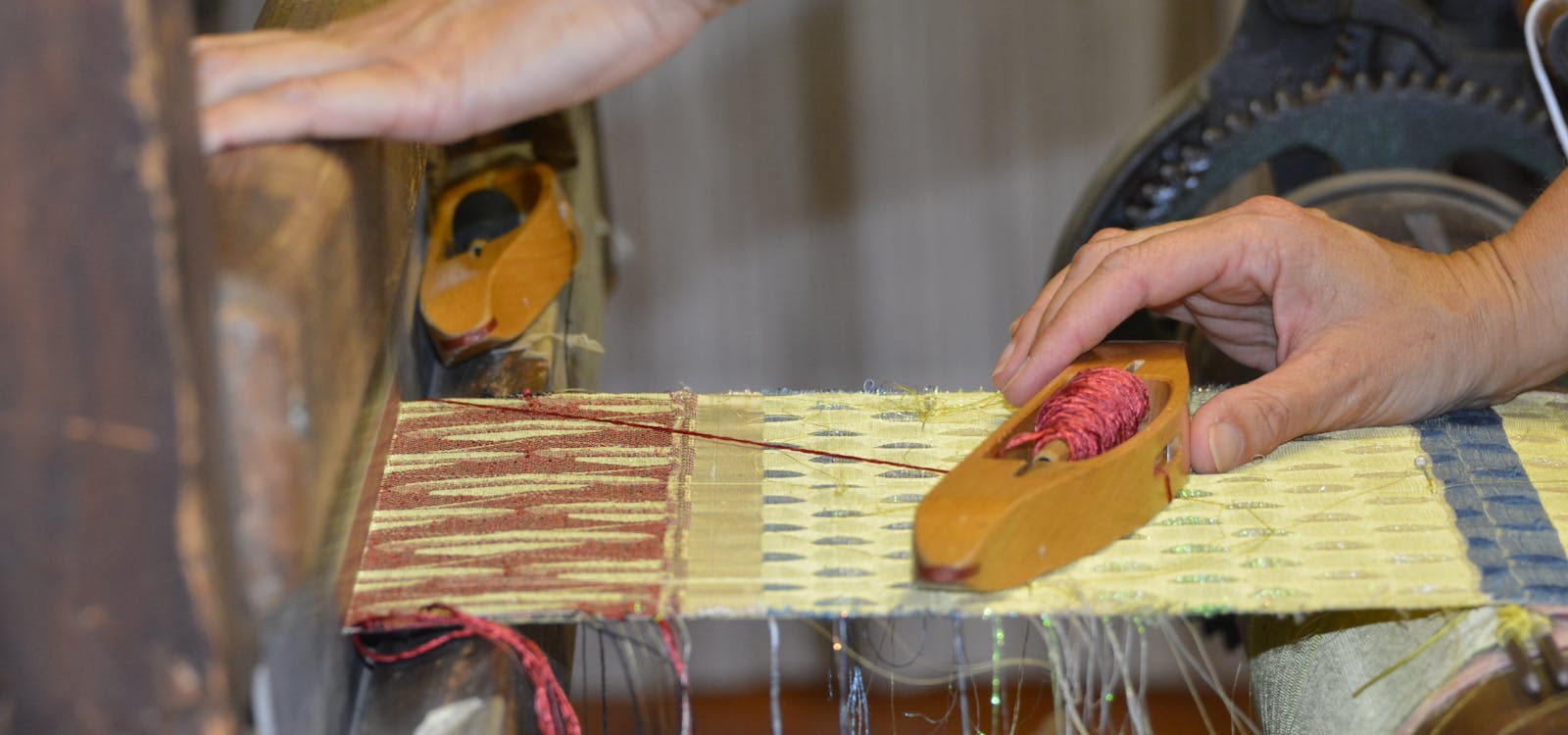
Scheduled courses
Our Art School teaches textile skills at every level, from the basic to the highly specialised, with study programs concentrating on both ancient and contemporary textiles. Training comprises theoretical lessons – identification, technical analysis, basic concepts – and practical aspects such as design, weaving, restoration and embroidering. Our annual course calendar is constantly being updated; we also plan customised courses to meet the training needs of public and private entities.
Scheduled courses
Courses archive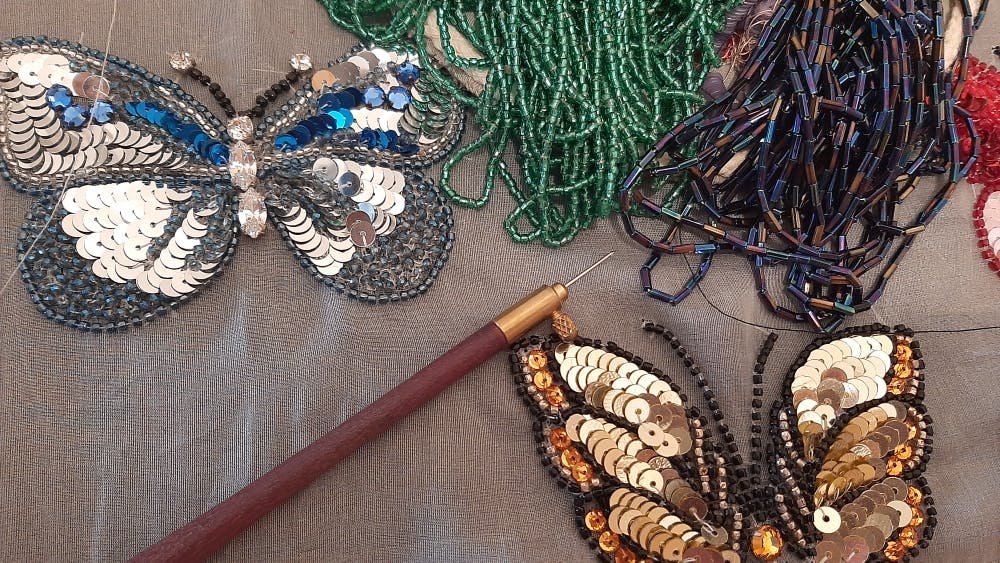
Embroidery techniques
from Dec 11 2025 to Dec 12 2025
Haute Couture Embroidery - crochet de Lunéville
Il corso è dedicato a chi si avvicina per la prima volta a questo tipo di tecnica, fornendo le basi per una buona esecuzione del ricamo d’alta moda. La velocità’ si raggiunge con l’esercizio, ma fin da subito si potranno avere dei buoni risultati.
Read
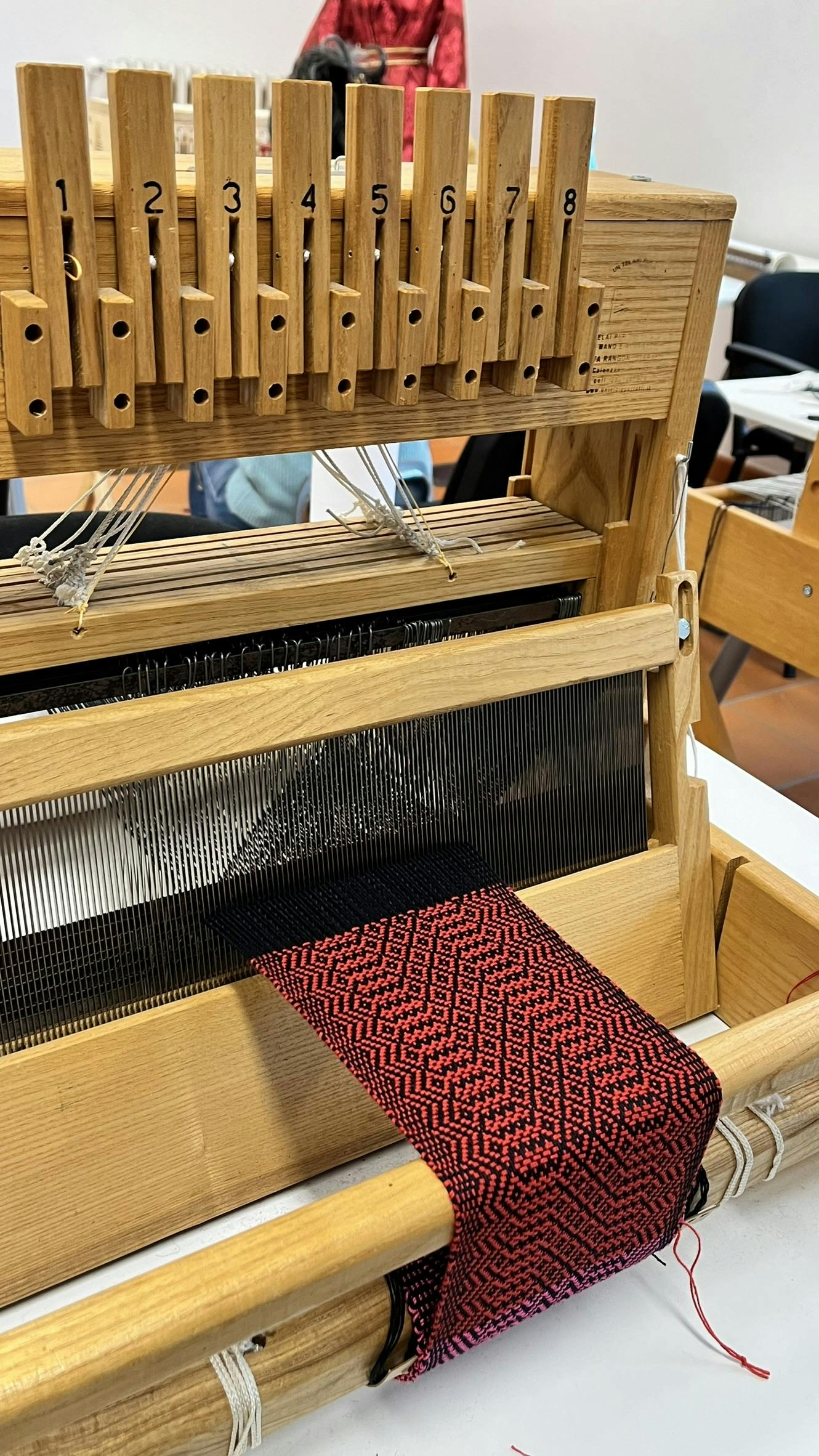
Basic weaving
from Feb 16 2026 to Feb 18 2026
Weaving on the shaft loom: threading and drafting
Theoretical/practical course to learn textile drafting; that is, how to read a diagram of the various components, threading, knotting and pedal set-up, and then weaving from the drawing on the loom.
Read
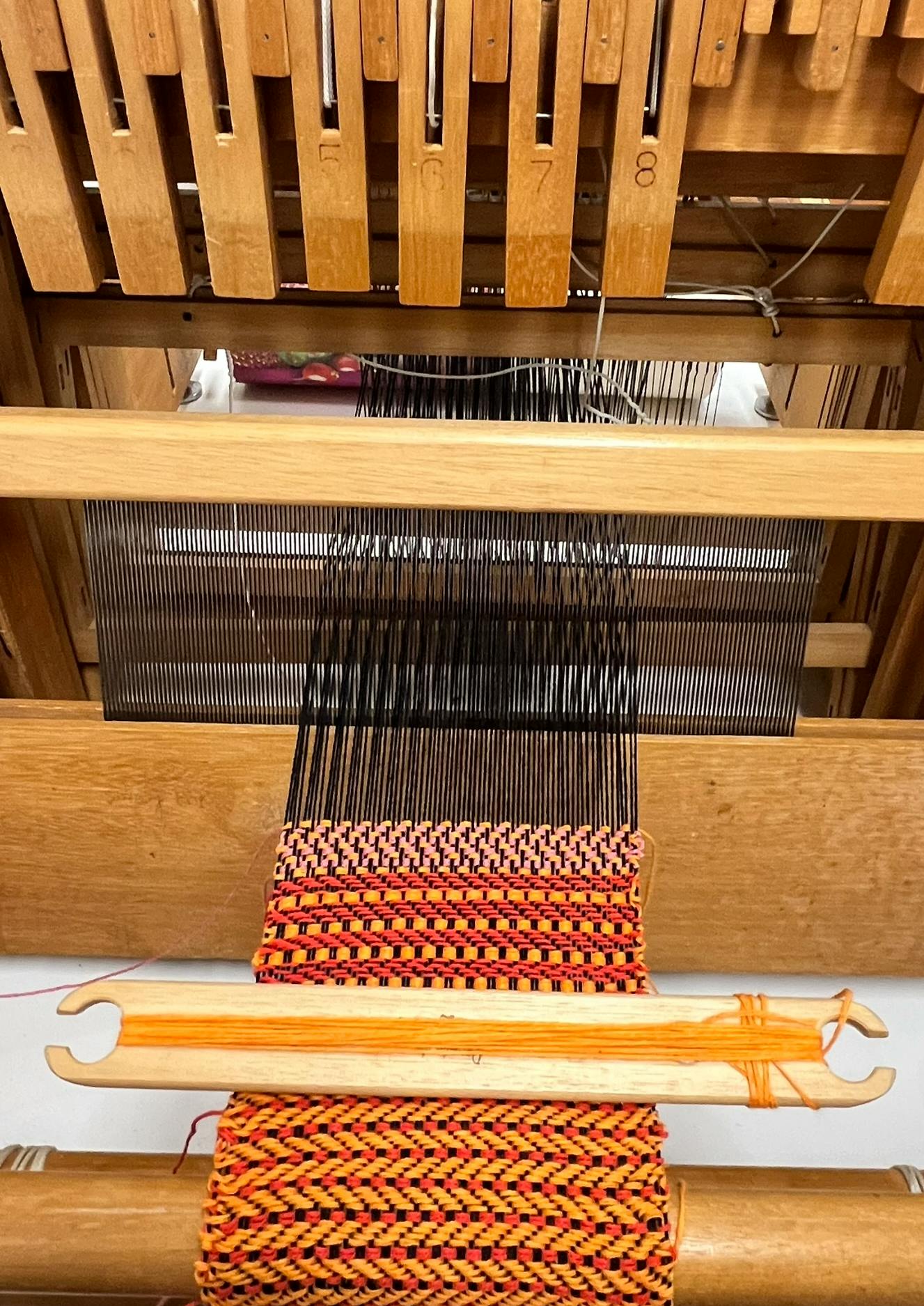
Basic weaving
from May 18 2026 to May 22 2026
Basic weaving on the shaft loom 1 level
A course for learning the basics of weaving and how to weave ‘samplers’ on pre-prepared 4-to-8 heddle looms, to manage tensioning, shrinkage and shuttles, to repair broken threads and defects in the weave, to create impeccable selvedges.
Read
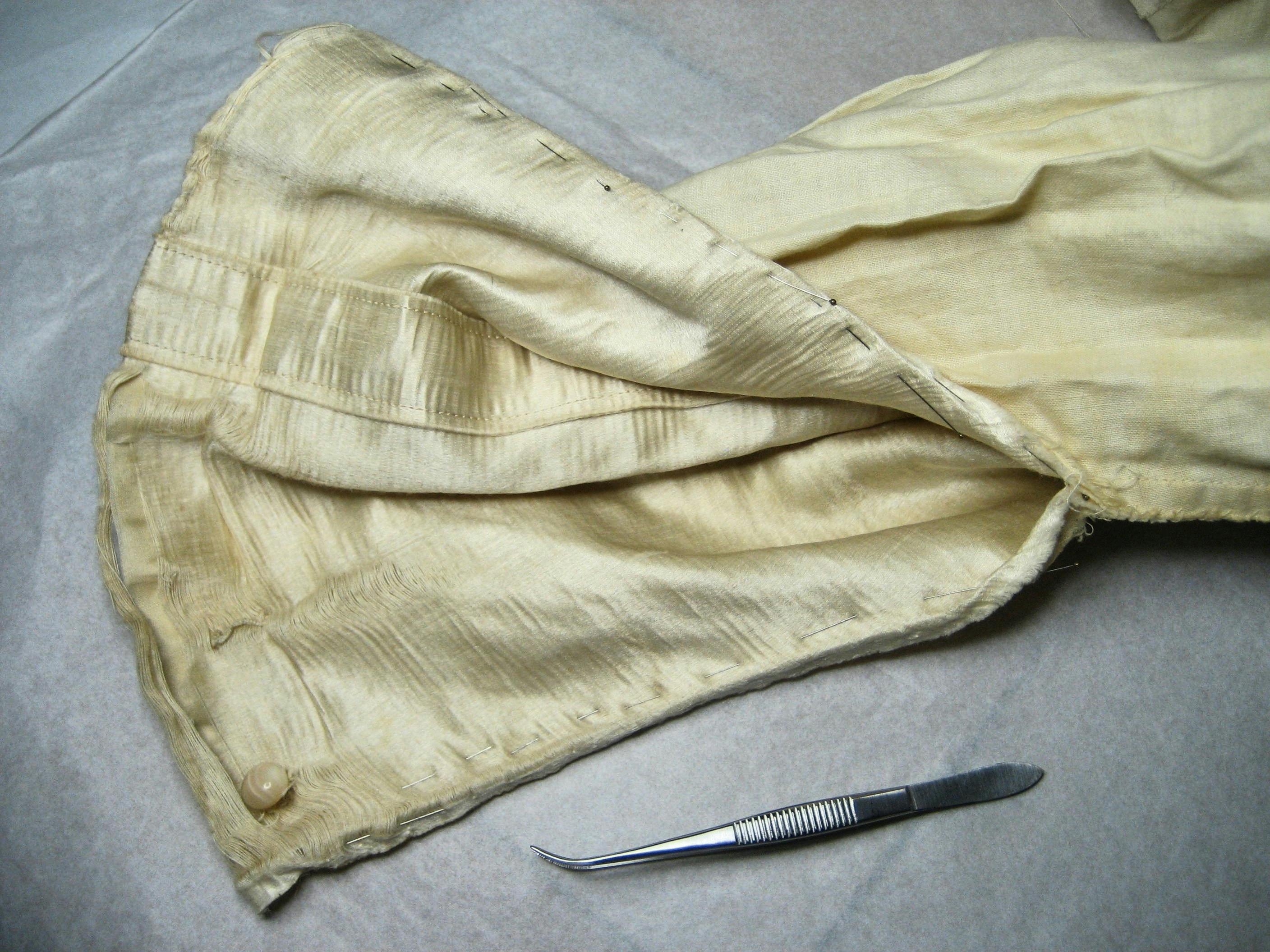
ISTÓS - Calascio Advanced School
from Jun 8 2026 to Jun 13 2026
MASTERCLASS - Corso Abito storico del 1890-1895- Scuola di Calascio
Dopo una breve esposizione del progetto di restauro, il corso prevede l'osservazione dei punti di cucitura nell'abito storico per la loro realizzazione a mano, lo studio dell'abito nella foggia e nelle tecniche utilizzate per ottenere gli effetti di ampiezza della manica e delle caratteristiche della gonna e del corpetto.
Read
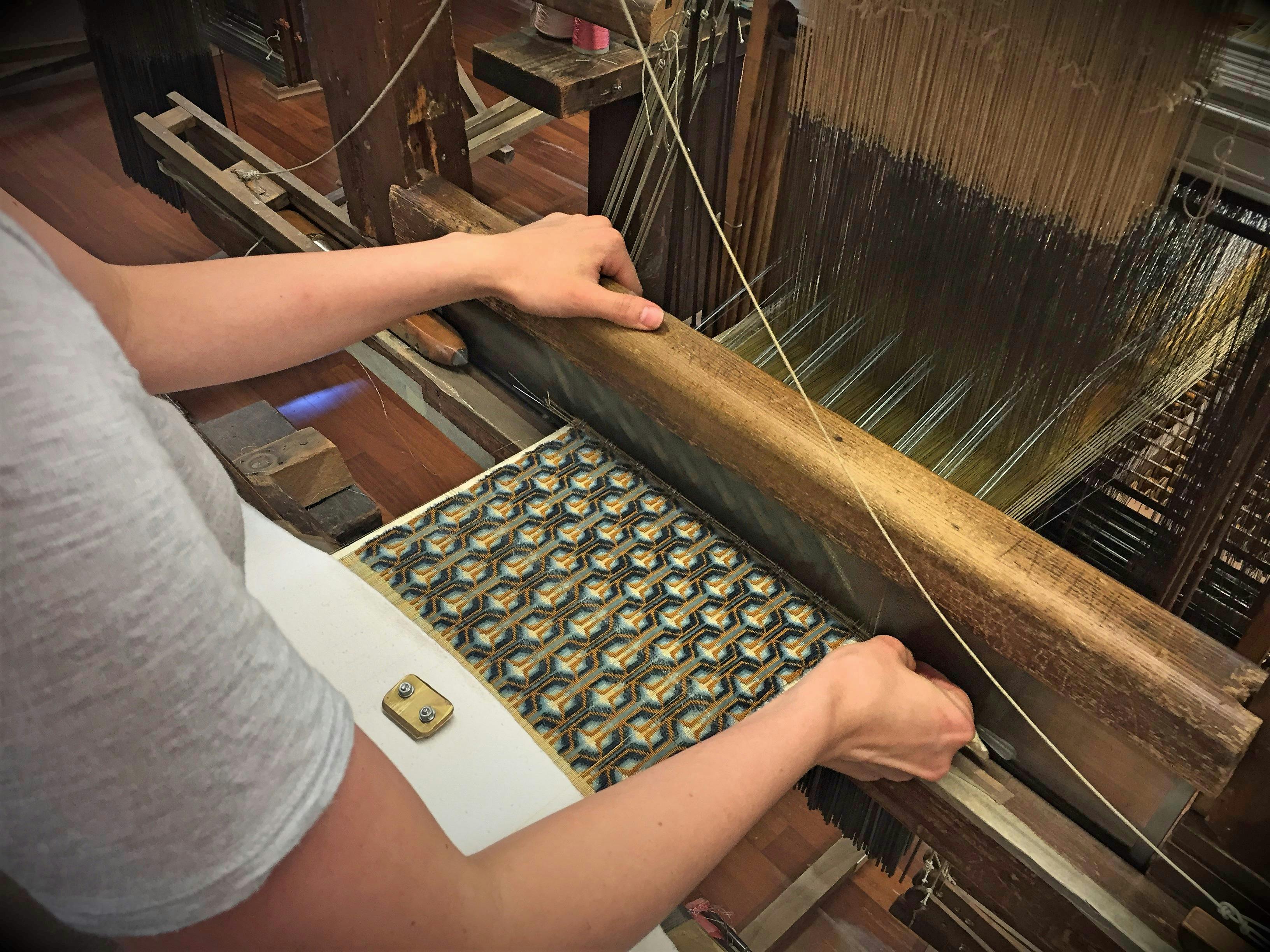
Design and jacquard handweaving
from Jun 29 2026 to Jul 10 2026
Jacquard Design and Weaving course + Lodging
Basic course to introduce participants to the Jacquard design process, to loom technology and the specifics of the Lisio loom set-ups. The student will stay at Fondazione Lisio apartments, price for this course is cumulative of the accomodation costs.
Read
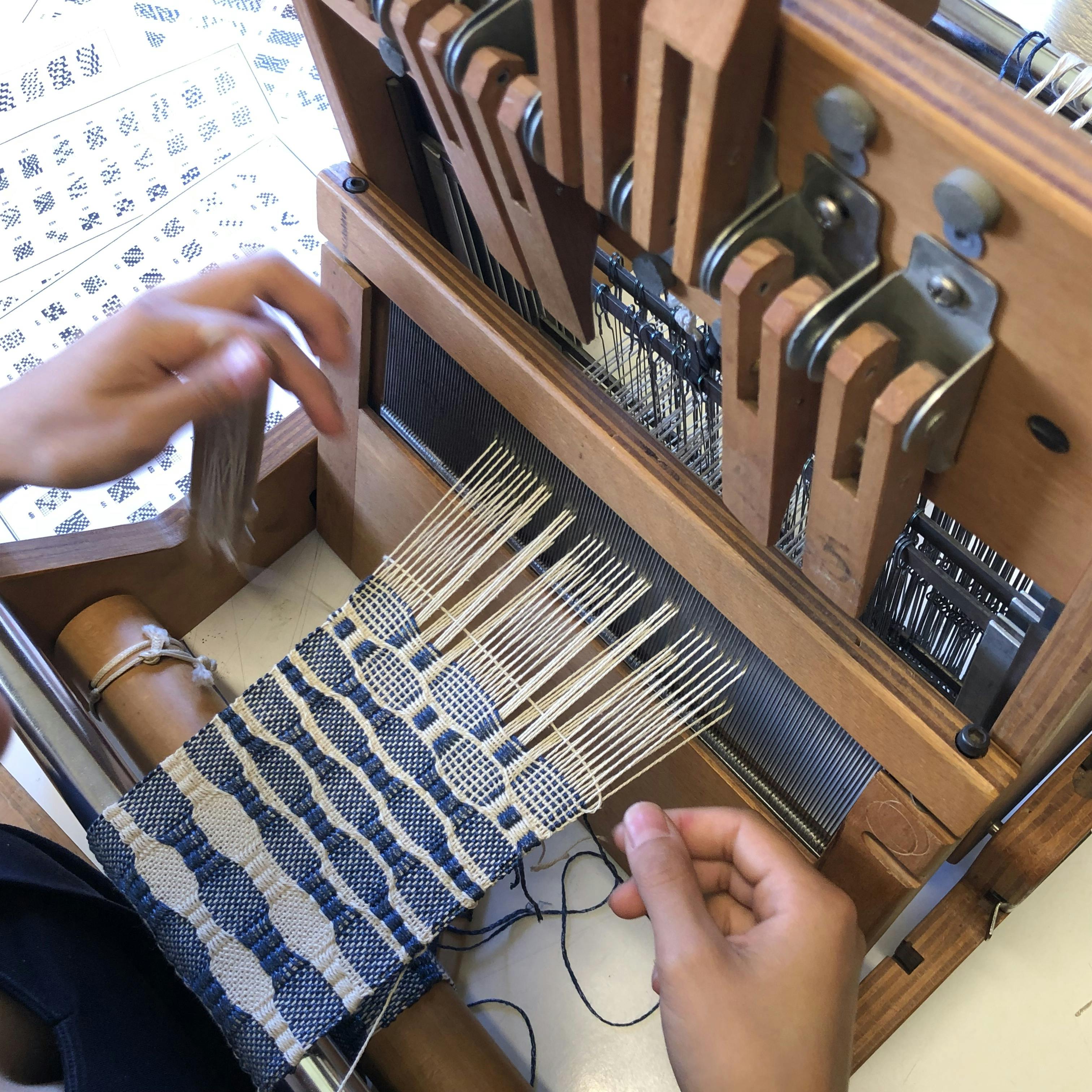
Analysis, recognition and cataloguing
from Jul 20 2026 to Jul 24 2026
Study of Historical Techniques and Technologies: from basic weaves to brocade and other weft effects
Intensive theoretical/practical seminar: the weave structures studied during the textile analysis courses are woven using a range of looms and visualization methods, to promote comprehension of the connection between weave annotation, analysis and loom technology.
Read
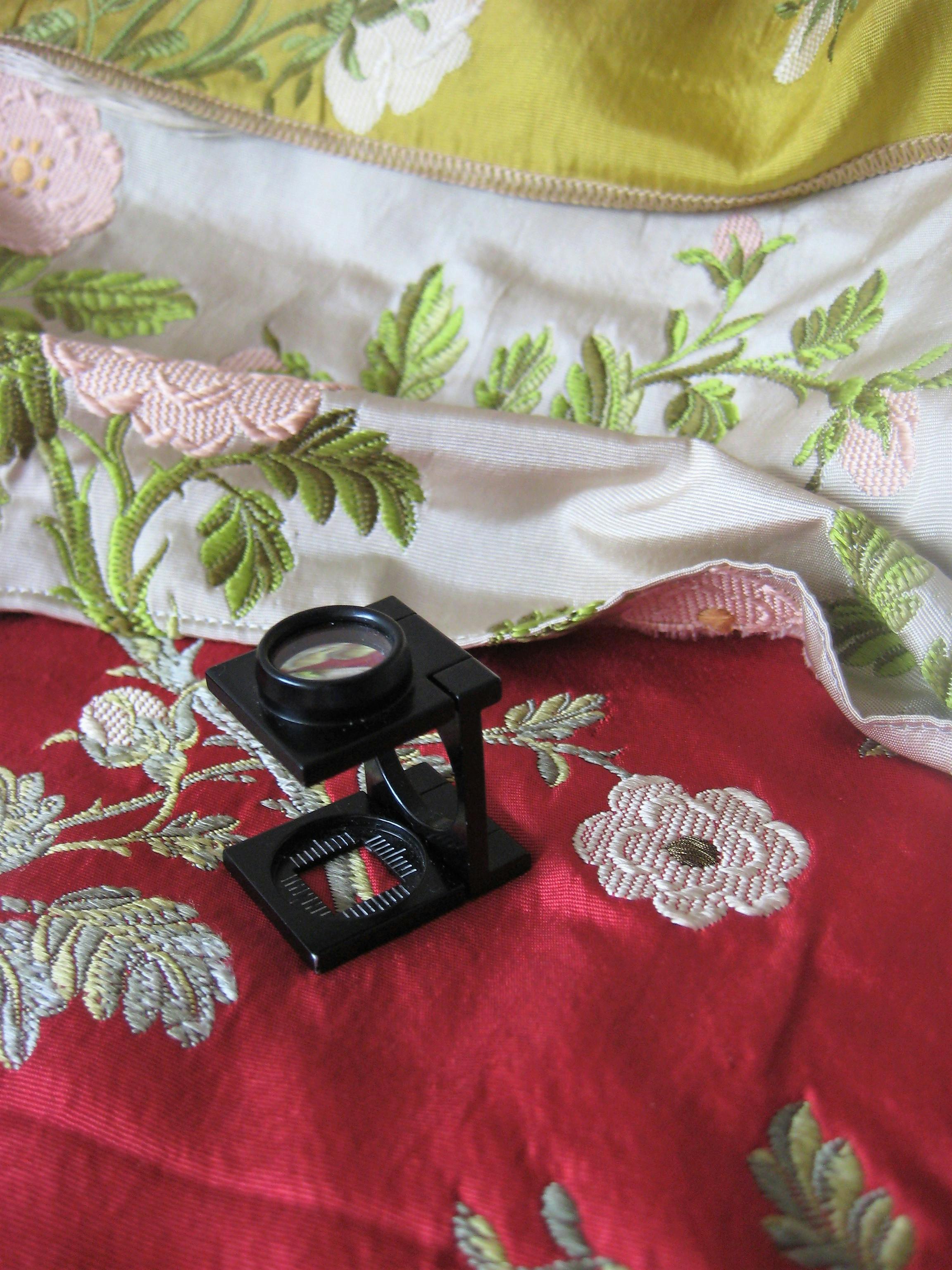
Analysis, recognition and cataloguing
from Feb 2 2026 to Feb 14 2026
Figured fabrics. Recognition, analysis and cataloguing 2 |ONLINE| English
Practical exercises on samples of ancient fabrics and 20th-century reproductions to learn a method of analysis of simple and complex weave structures using such analysis tools as the pick glass, digital microscope and macrophotography. Students are provided with samples and lecture notes.
Read
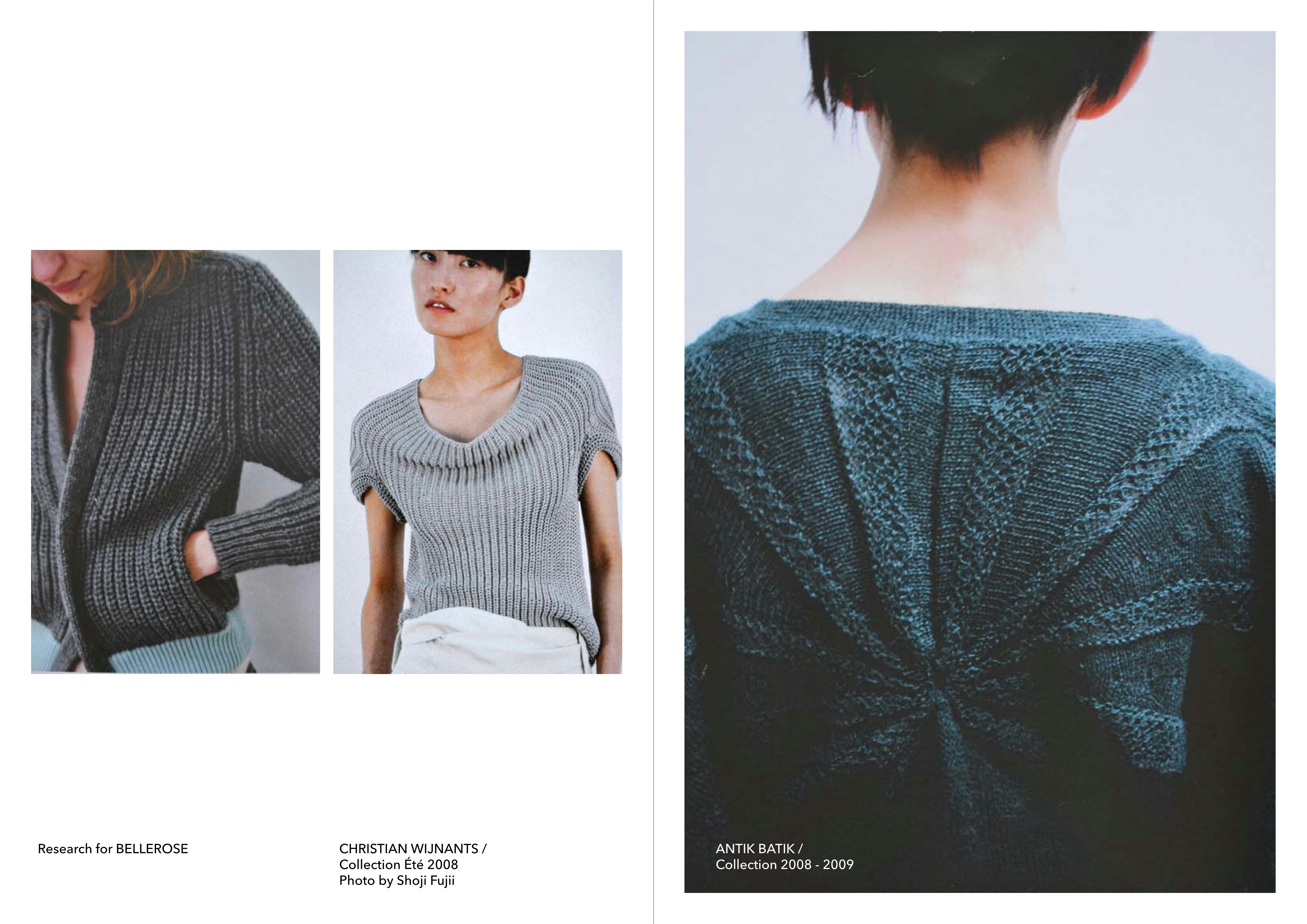
ISTÓS - Calascio Advanced School
from Feb 16 2026 to Feb 21 2026
MASTERCLASS Mountain knitwear - Advanced School of Calascio
"Mountain Knitwear: Contemporary Designs with Abruzzo Wools and Vintage Machinery" is an intermediate-level knitting course. It focuses on reconstructing rural mountain patterns using locally produced Abruzzo wools – naturally dyed with botanical pigments – and vintage double-bed manual knitting machines salvaged from the secondhand market.
Read
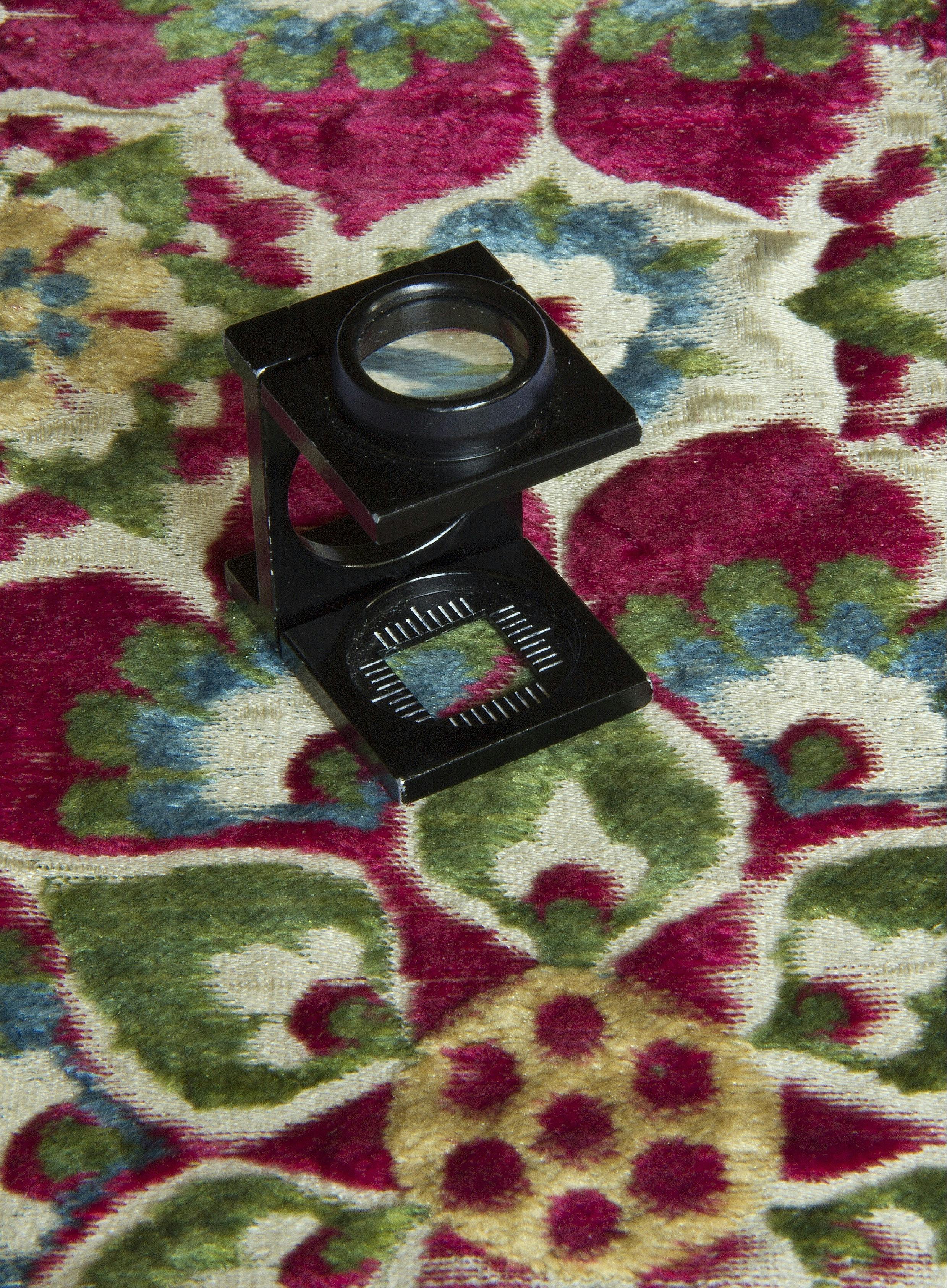
Analysis, recognition and cataloguing
from May 25 2026 to May 30 2026
Plain cloth. Recognition, analysis and cataloguing 1
Course participants learn how to identify the constituent elements of woven textiles according to the methods proposed by the Centre International d’Etude des Textiles Anciens. Observation of historical samples in varying states of conservation, modern reconstructions and contemporary wovens.
Read

Design and jacquard handweaving
from Jun 29 2026 to Jul 10 2026
Jacquard Design and Weaving course
Basic course to introduce participants to the Jacquard design process, to loom technology and the specifics of the Lisio loom set-ups.
Read
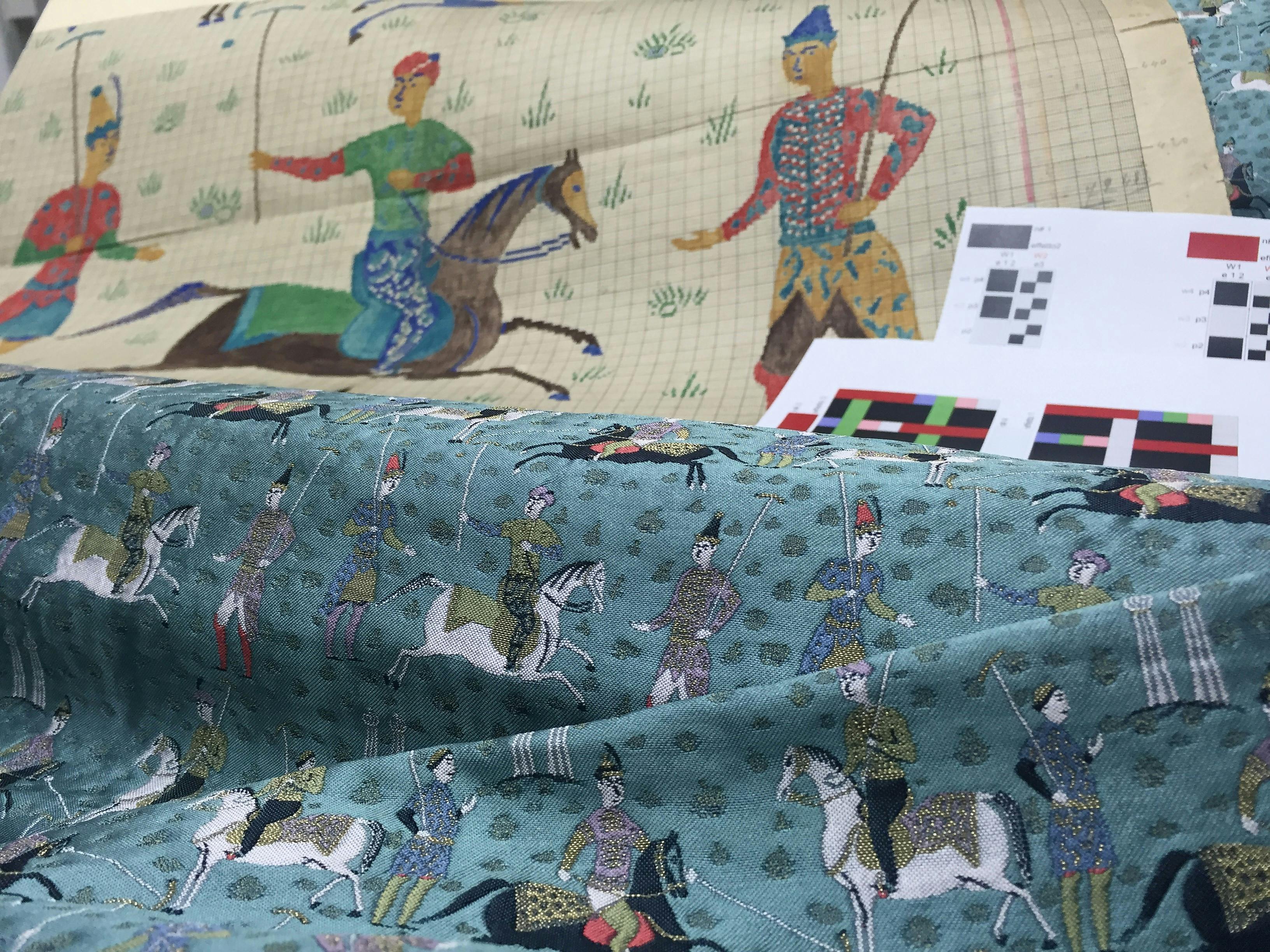
Design and jacquard handweaving
from Jul 13 2026 to Jul 17 2026
Contemporary textile design inspired by historical Jacquard techniques
Representative samples of historical Jacquard techniques such as lampas, tacqueté, samitum are observed and analyzed. The number and function of warp and wefts series are identified, weave superimposition theory introduced and the drafting of complex weave structures practiced.
Read